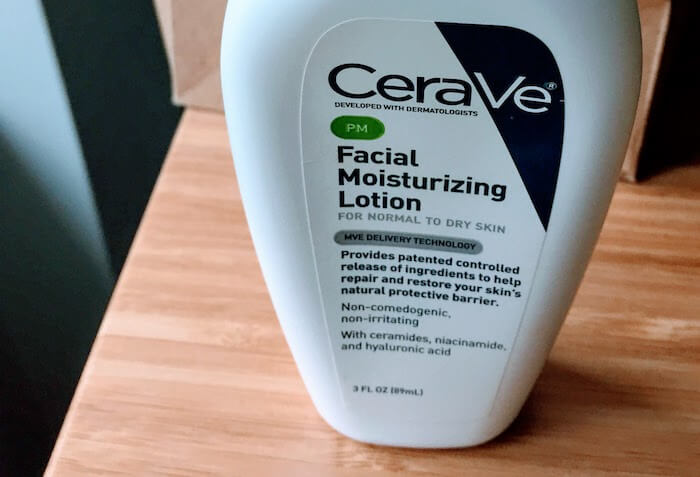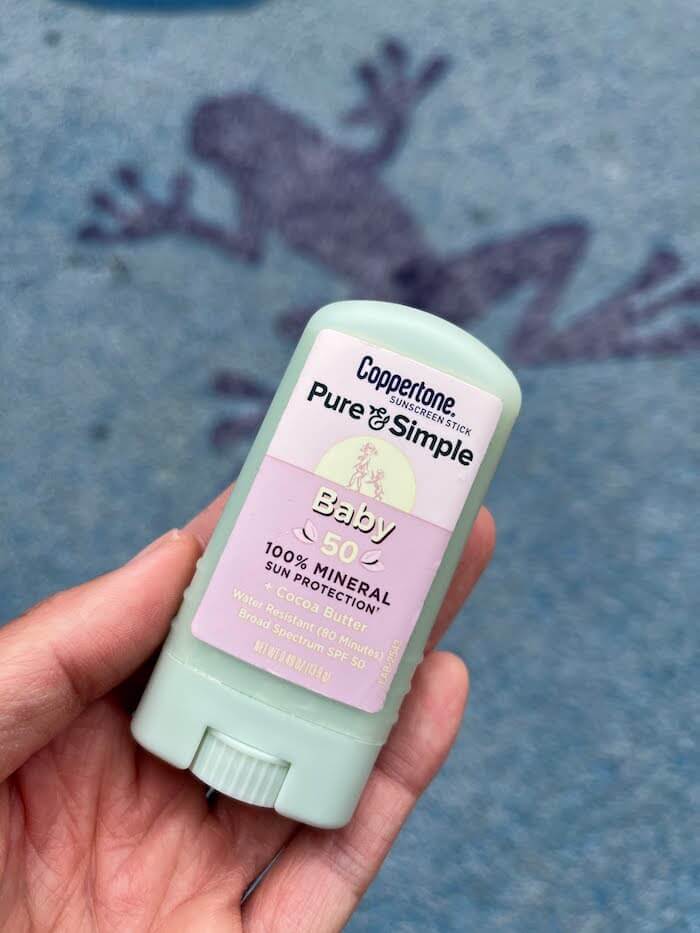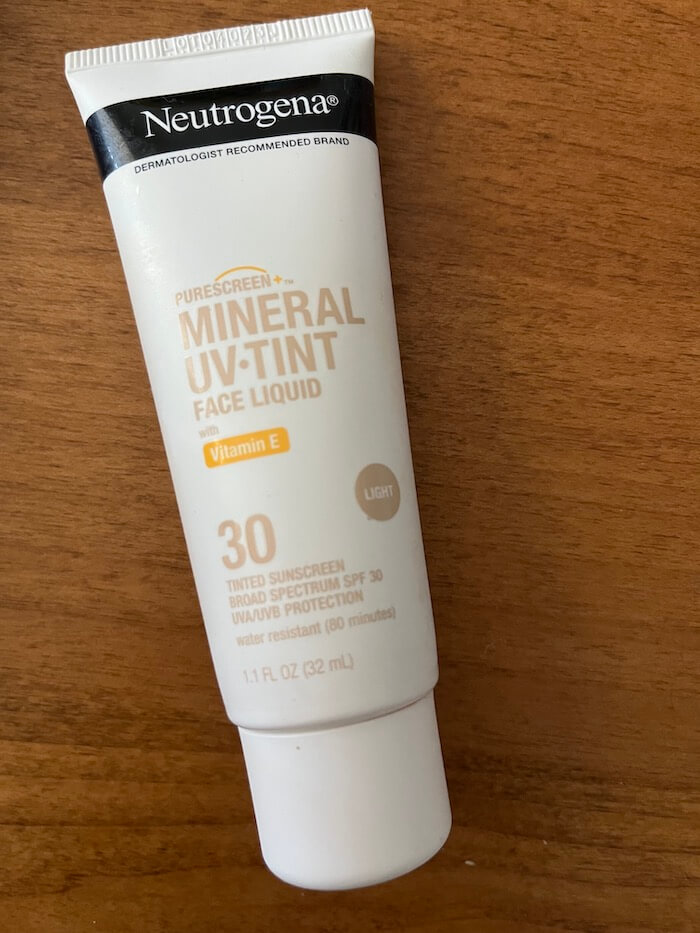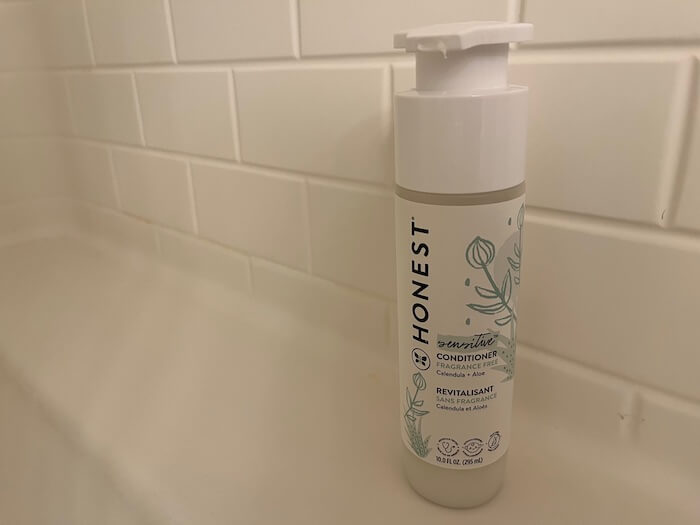CeraVe Facial Moisturizing Lotion PM formula change: What's different in the new formula? (2020 edition)
The new formula is now paraben-free—but that's not the only thing that's different. Let's hear My Dad the Chemist's take on all the changes.
A reader recently reached out to ask about some disappointing changes they had noticed in a fairly new bottle of CeraVe PM Facial Moisturizing Lotion. The new formula smelled terrible, and it created a temporary burning sensation upon application. Here’s what they said:
I haven’t used CeraVe PM in a while, but I definitely sympathize with the pain of realizing that a company changed the formula for a product that you already liked just fine the way it was, thank you very much. I asked my dad to take a closer look at both ingredient lists to see what might be responsible for the irritation and odor.
The biggest change is that this new version is now paraben-free. But that’s not the only thing that changed. In this post, I’ll refer to the latest version (whatever’s currently posted on the website) as the “2020 version” and I’ll be comparing it to the version that was reformulated in 2018.
CeraVe PM ingredients (~2018 version)
water, glycerin, caprylic/capric triglycerides, niacinamide, cetearyl alcohol, ceramide np, ceramide ap, ceramide eop, phytosphingosine, hyaluronic acid, sodium hydroxide, dimethicone, behentrimonium methosulfate, ceteareth-20, polyglyceryl-3 diisostearate, cholesterol, xanthan gum, carbomer, disodium edta, dipotassium phosphate, potassium phosphate, sodium lauroyl lactylate, methylparaben, propylparaben
CeraVe PM ingredients (~2020 version)
water, glycerin, caprylic/capric triglyceride, niacinamide, cetearyl alcohol, potassium phosphate, ceramide np, ceramide ap, ceramide eop, carbomer, dimethicone, ceteareth-20, behentrimonium methosulfate, sodium lauroyl lactylate, sodium hyaluronate, cholesterol, phenoxyethanol, disodium edta, dipotassium phosphate, caprylyl glycol, phytosphingosine, xanthan gum, polyglyceryl-3 diisostearate, ethylhexylglycerin
When I contacted CeraVe in July 2018, the company responded that they were only using three ceramides and that they had no plans at that point to start adopting the newer versions of the ceramide names. I guess they’ve changed their minds since then and decided to start using the new INCI names of these ceramides. The 2018 version listed ceramide 1, ceramide 3, and ceramide 6-ii, but I replaced them with the equivalent INCI names, for the sake of comparing it to the 2020 ingredient list, which uses the new names: ceramide EOP, ceramide NP, and ceramide AP, respectively.

My Dad the Chemist’s review of CeraVe Facial Moisturizing Lotion PM reformulation (2020 edition)
I asked my dad what he thought were potential reasons for the side effects described (temporary burning sensation and bad odor). I also asked him if it was possible that the bottle that contained the new formula was a defect or had expired/gone bad. Disclaimer: Keep in mind that neither of us actually tried the new 2020 formula of CeraVe Facial Moisturizing Lotion PM, so we’re just trying to guess what would cause the side effects that the reader described, based on the ingredient lists.
(2) Use level of Potassium Phosphate is increased in the new formula. Potassium Phosphate is irritating to skin (acidic)
As for the bad odor, your guess may be right, perhaps the new formula is expired, but if not, may be because its preservative, Ethylhexylglycerin although is a preservative, but in many cases, is not robust enough to use alone in the formula, it needs to combine with another preservative. While in the old formula, it used the traditional parabens, methylparaben, propylparaben, proven robust historically. Love, Dad
CeraVe Facial Moisturizing Lotion PM new formula (2020 edition): key takeaways
My dad brought up a few potential reasons why the new formula may have led to the side effects the reader described (a burning sensation and bad smell).
1. Sodium hyaluronate in the new formula instead of hyaluronic acid
The first point is news to me—in the past, I always thought of sodium hyaluronate and hyaluronic acid as interchangeable. Indeed, on CeraVe PM’s site, the company still lists “hyaluronic acid” as a benefit in the product description, even though the new formula’s ingredient list only lists “sodium hyaluronate,” the salt of hyaluronic acid (whereas the previous formula contained hyaluronic acid). Since sodium hyaluronate has a lower molecular weight, my dad guessed that it may be part of the reason why the reader experienced a temporary burning sensation upon applying the new formula.
2. Potassium phosphate has moved up in the new formula’s ingredient list
The second reason is that potassium phosphate moved up in the new formula’s ingredient list. This ingredient may be irritating because it is acidic.
3. The new formula uses a different preservative system
The third point explains why the reader noticed a bad odor in the new version of CeraVe Facial Moisturizing Lotion PM. It’s possible that the reader’s bottle might have been a one-time defect or an anomaly that’s limited to just her batch. But if we assume that it’s not a one-off, my dad’s guess is that it’s because CeraVe changed the preservative system in this new formula.
In the past, CeraVe products (except for the ones marketed to babies) have typically included parabens, which are widely used, field-tested, and trusted. Many baby products market themselves as “paraben-free” because people think they aren’t suitable for babies, but the reason they’re so widely used is because they’re effective, and they aren’t usually irritating to most people. In contrast, other preservatives like methylisothiazolinone can be a common source of irritation. Read the full interview with Dr. Aegean Chan to learn more about why parabens are “unfairly maligned.” I’m not sure when this formula change occurred, but on the website, a CeraVe consumer care representative made this comment four months ago: “We are pleased to share that we have reformulated PM Facial Moisturizing lotion to be paraben free. You can expect to find the paraben free formula on shelves in the coming months.” So it sounds like it was a pretty recent change.
It seems that this new CeraVe PM formula has done away with parabens and replaced them with ethylhexylglycerin, which my dad thinks is not robust to use alone in a formula. He thinks the preservatives in the old formula (methylparaben and propylparaben) are more powerful and historically have proven themselves to be robust, effective preservatives. Since the new formula only uses ethylhexylglycerin, it may not have a strong enough preservative to ward off bad odors and other nasties growing in the bottle. Is CeraVe planning to make this change across other products? I hope they don’t mess with a good thing, because I love my CeraVe Daily Moisturizing Lotion and I wouldn’t change a thing about it.
Obligatory grain of salt/disclaimer
Please remember that all of this is theoretical, and based solely on the ingredient lists. In this case, we only have a small sample size of one person’s experience (many thanks to this reader, for sharing their experience!). I haven’t personally used the new formula of CeraVe PM, and neither has my dad. However, I hope you learned a few things from this post—I certainly did!
Related reading
- CeraVe Facial Moisturizing Lotion PM Update: What changed in the new formula? (2018 edition)
- CeraVe Foaming Facial Cleanser Update: What changed in the new formula?
- Other formula comparisons
- CeraVe Facial Moisturizing Lotion PM vs. CeraVe Skin Renewing Night Cream Review
- Skin care tips from a dermatologist: Q&A with Aegean Chan, MD, FAAD




Share this post
RSS
Facebook
Reddit
Email